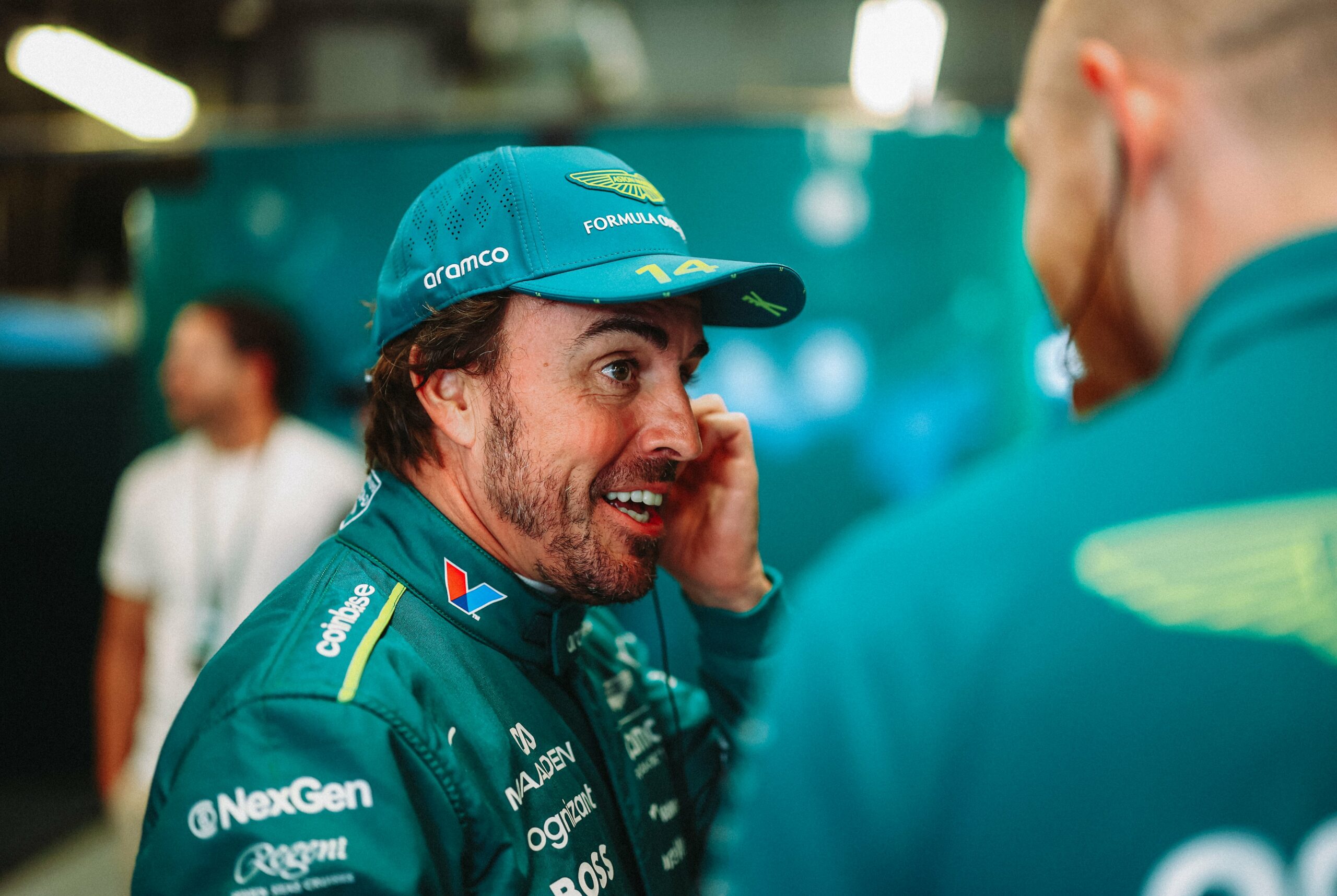Ferrari’s head of power unit project management, Enrico Gualtieri, discusses tackling the team’s “Achilles heel” in PU reliability over the winter break.

It’s no secret that power unit reliability was somewhat of a weak point for the Ferrari powered teams during the 2022 Formula 1 season. This widely publicised weakness was a key point of development for the team during the winter down period.
“Reliability was our Achilles heel last season.”
Despite the ongoing power unit freeze, reliability improvements are perfectly legal. It is also widely believed that Ferrari have managed to squeeze some extra performance from their power unit en route to improving reliability.
While the team focussed heavily on reliability improvements during the winter months, Gualtieri admits the team cannot be entirely confident their work has paid off until the new SF-23 hits the track in Bahrain.
“Preparation work for the new season is usually one of the busiest times of the year And this winter was no exception,” Gualtieri said in a team video releases by Ferrari.
“Actually PUs have been frozen since last year, including fluids, so oil and fuel. And the only modifications allowed are those related to reliability.
“In fact, reliability was our Achilles heel last season. And so we worked over the winter to solve our main problems to try and reach the desired level of reliability. That was our aim for 2023. And our work this winter was based on this.”
“We focused on the internal combustion engine and the electric motors.”
Elaborating on the team’s work, Gultieri says the assembly processes as well as component design of problem parts were examined in the team’s push for a more reliable power unit. He claims the team were focussed on the internal combustion engine and electric motors in the unit, which the team identified as problem aspects.
“We worked mainly on those areas that gave us the most trouble last season. So we focused on the internal combustion engine and the electric motors. However, at the same time, we tried to capitalise on the experience gained on track last season.
“And so we looked at all the feedback and signs of weakness from the PU components [we] used. Clearly, this involves various design areas of some components.
“But at the same time, we also revised, when necessary, our assembly procedures. The work involved all the PU personnel as well as our colleagues in the supply chain and our suppliers.”

“The track will tell us if we’ve done a good job.”
Gualtieri went on to discuss the depth of the team’s investigation into the causes of its reliability issues last season. The team worked from the top down, beginning with the design process for the PU. He notes positive feedback from the team’s testing, but was reluctant to say he was confident, instead electing to wait until the car hits the track.
“We worked on all areas trying to understand the root causes of the problems we encountered on track and used all our available tools to try and solve them,” he said.
“In fact, the work involved all areas from design to experimentation, including the assembly process, to try and test new solutions in a very short space of time.
“We also made the most of the experience gained in the second half of last season and then further evolved some of the components where necessary. The work never ends, based on continuous improvement of the components to try and reach the required level of reliability.
“We’ve had some positive feedback on the test bench on some of the changes we’ve introduced. But as usual, the track will tell us if we’ve done a good job.”





